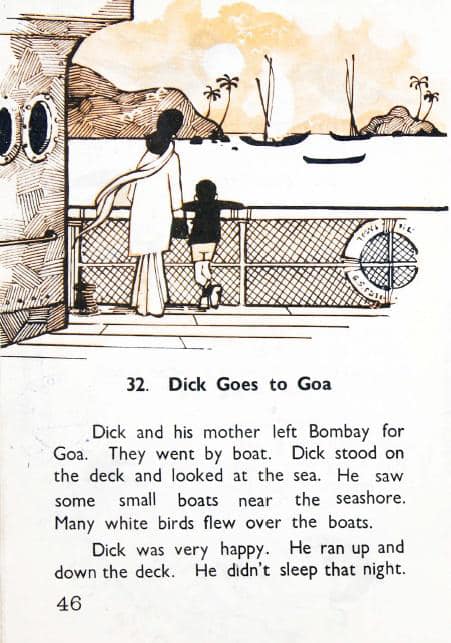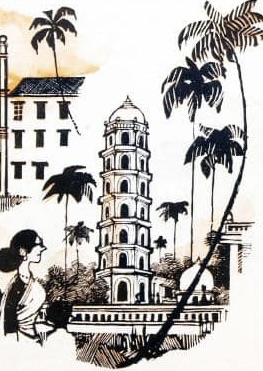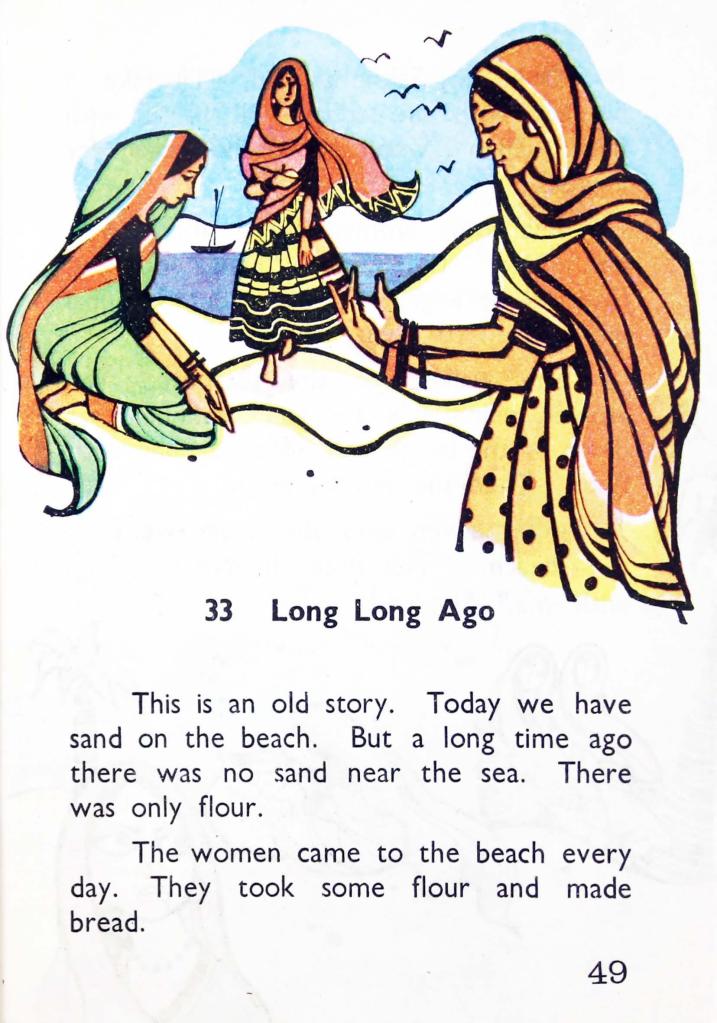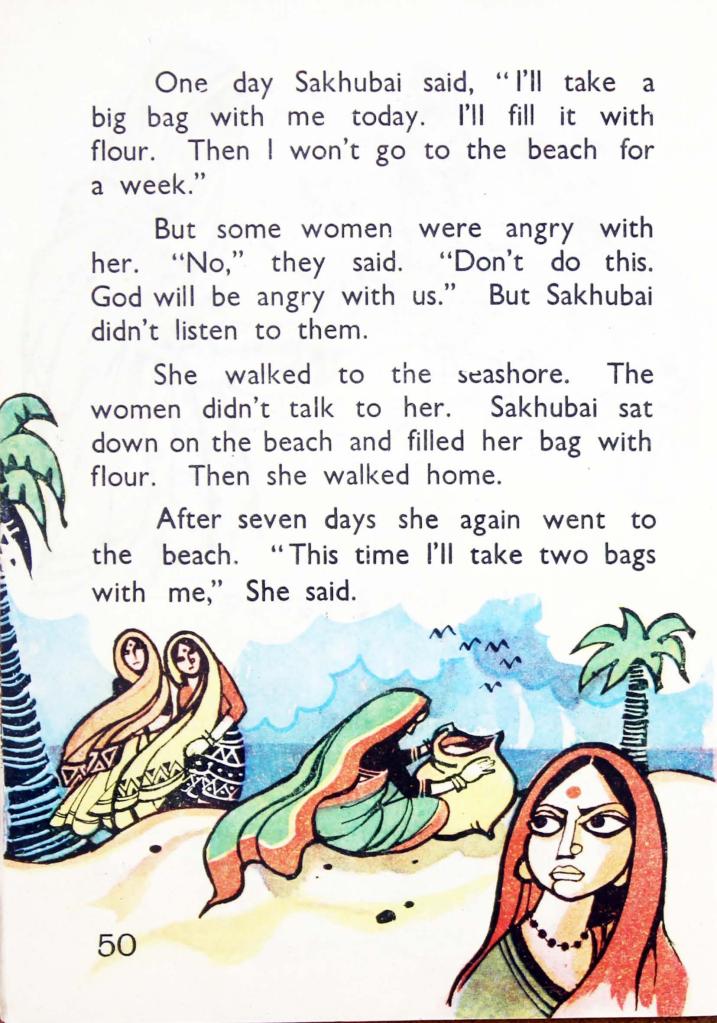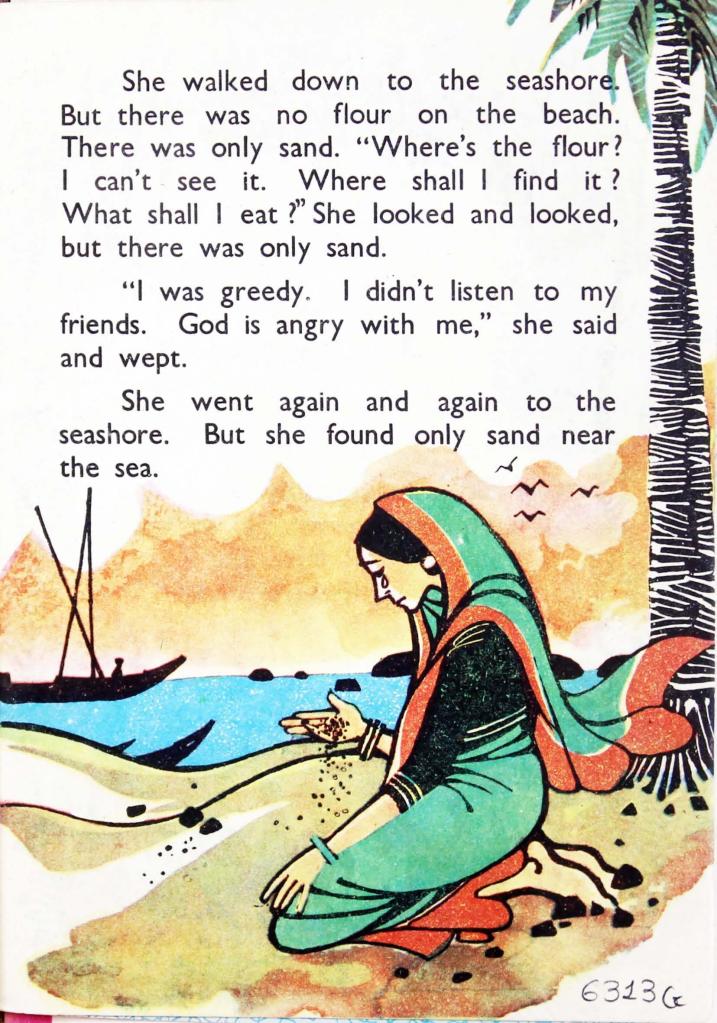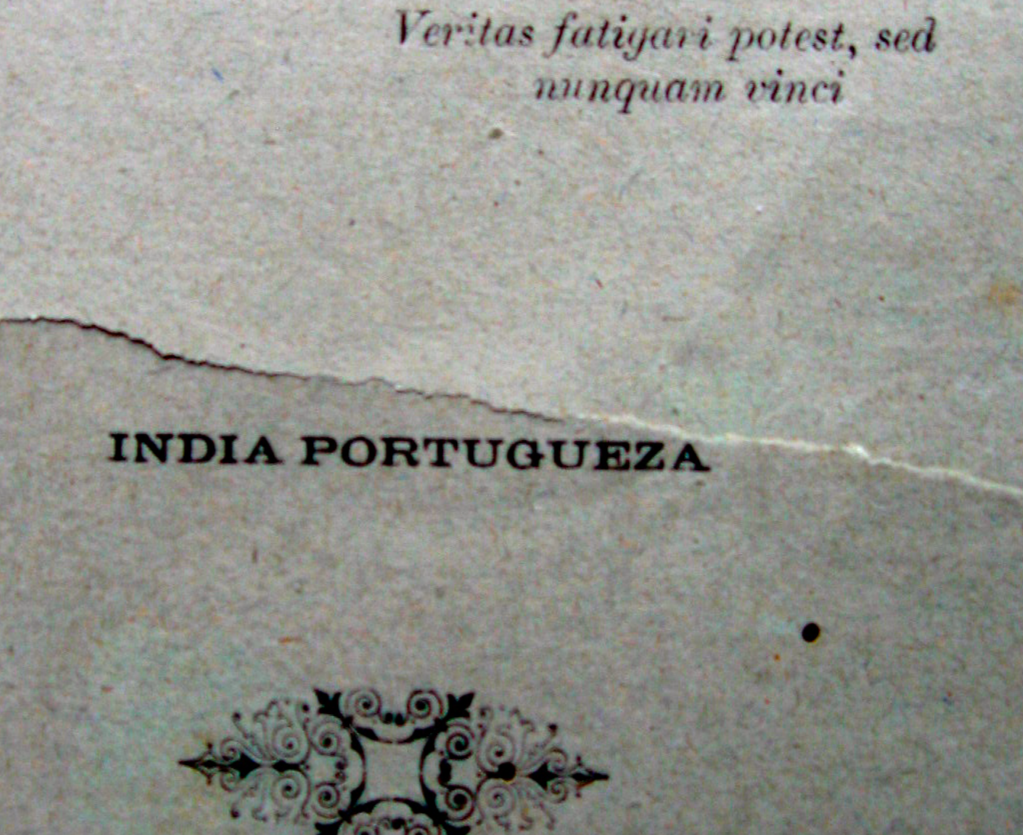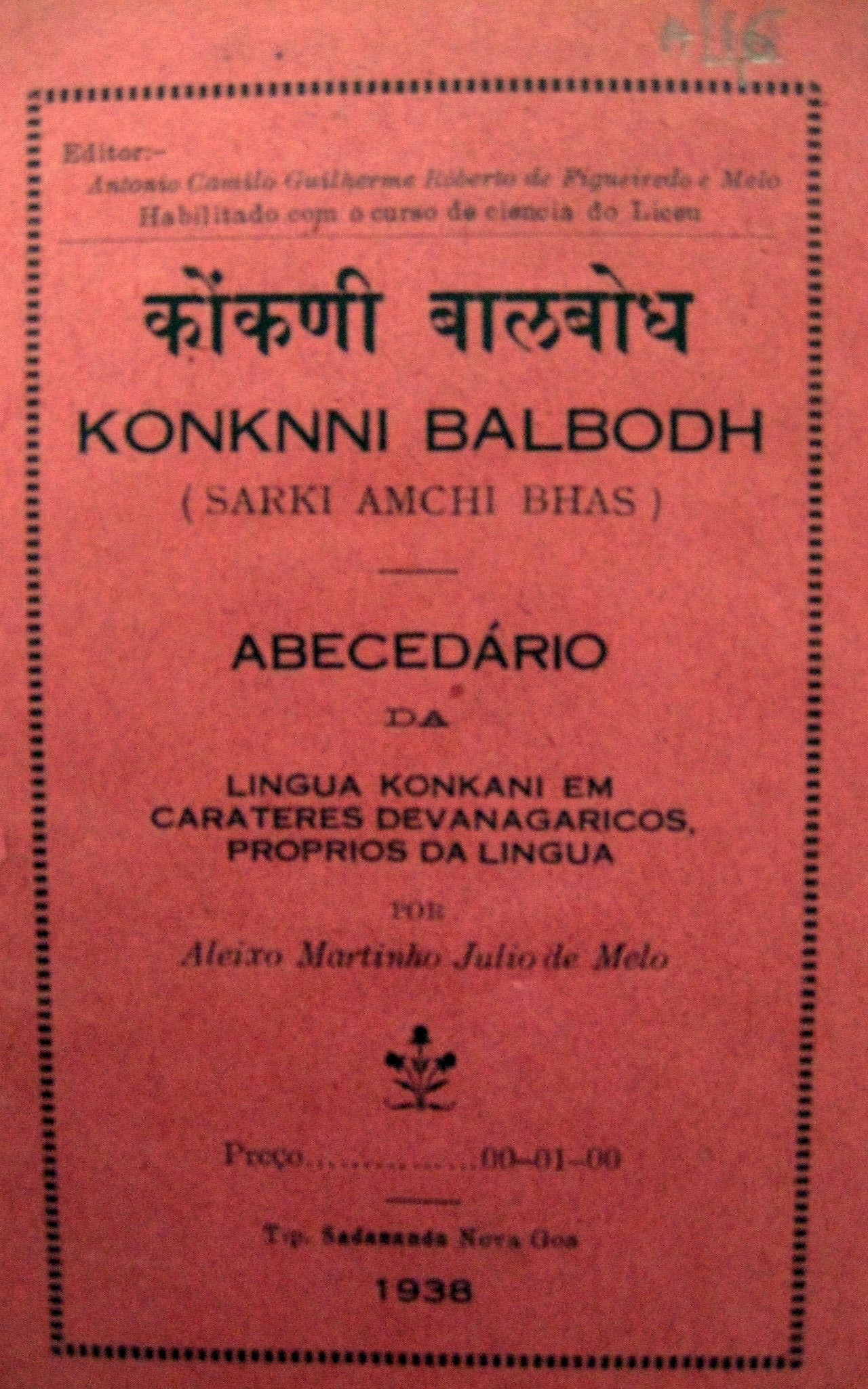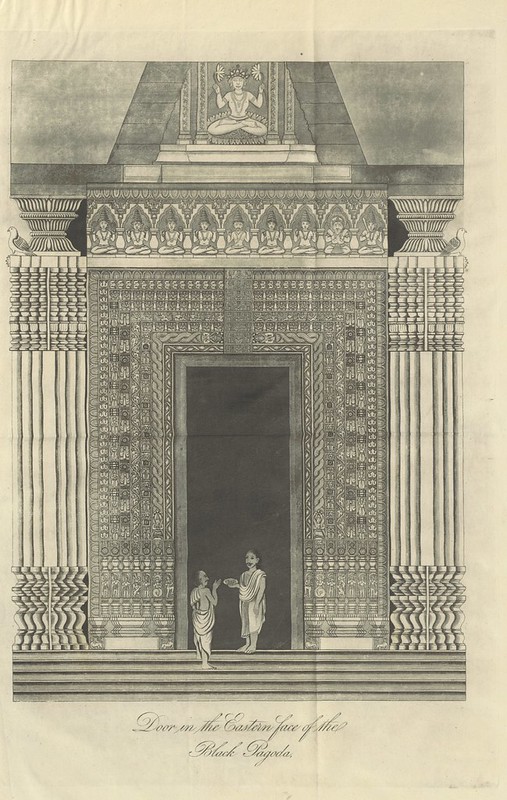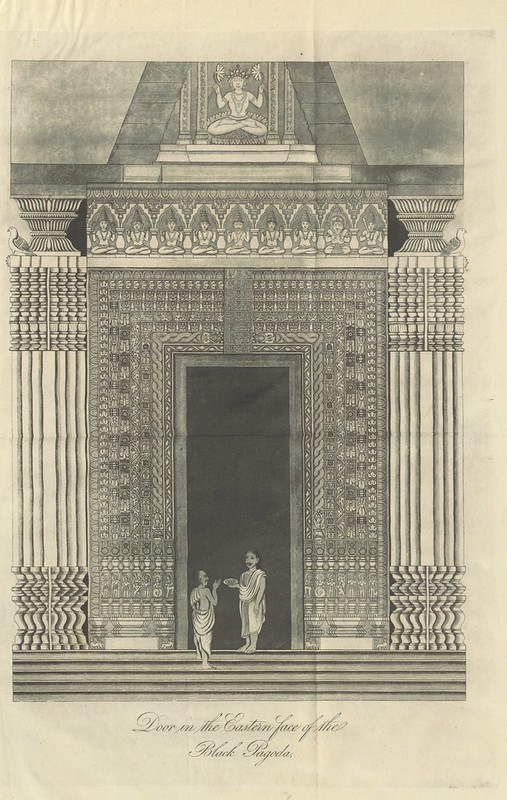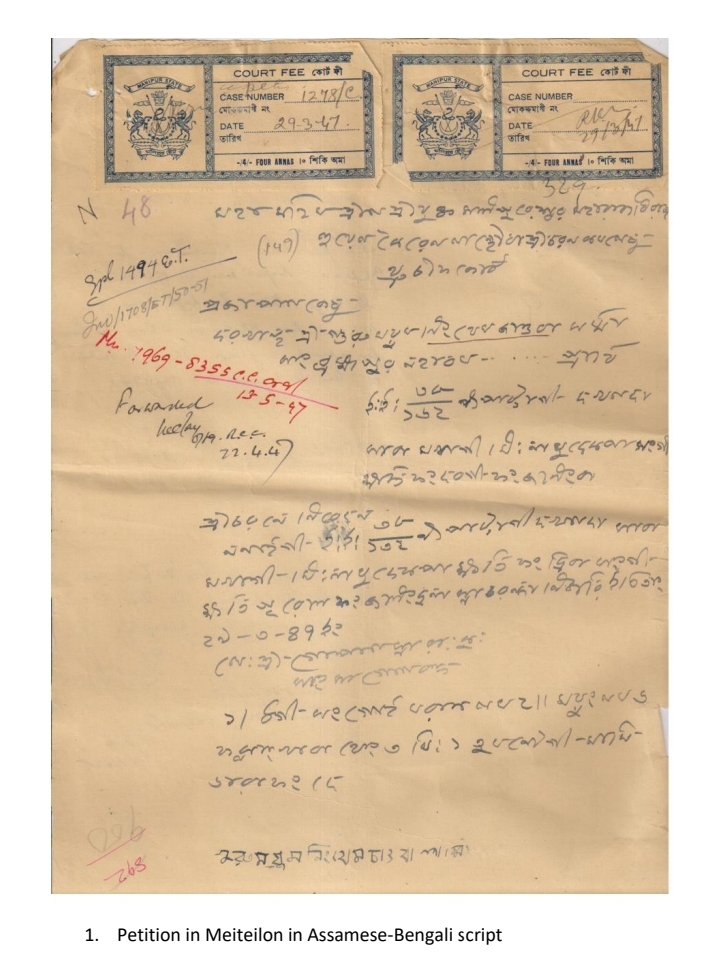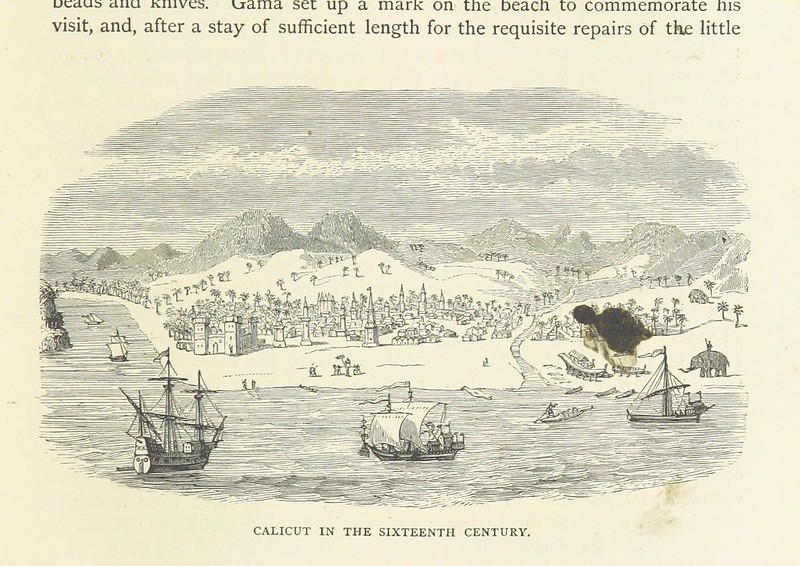
Over a period spanning from August 2023 to January 2024, I spent time in Lisbon with a dual agenda: to master the Portuguese language at the University of Lisbon and to explore the city’s historical archives.
This post aims to distill key information for those intending to navigate these archives. My explorations were concentrated on two primary archives: the Torre do Tombo (National Archive of Portugal) and the Biblioteca Nacional Portugal (National Library of Portugal), both situated near the University of Lisbon campus in Campo Grande.
Biblioteca Nacional de Portugal (BNP)
The Biblioteca Nacional de Portugal is a central repository of Portuguese history, offering a vast array of records and printed materials. Entry protocols require visitors to store personal items in lockers, while laptops and study materials are allowed in the reading areas. The facility includes a cafeteria in the basement, where lunches are priced around 7-8 euros and coffee at 60 cents.
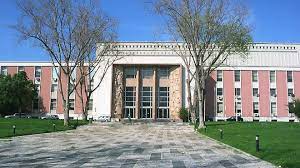
Operating hours extend to 7:30 pm after the summer, with material requests closing at 4 pm. Access to the library’s resources involves a one-time fee of 12 euros for a library card, necessitating an ID for registration. This card enables access to the digital catalog and material requests, which are made at library computers and delivered to assigned seats in the reading room.
Torre do Tombo
Access to the Torre do Tombo archives is complimentary. Registration enables users to access the digital catalog and request materials, with no reserved seating, allowing flexibility in workspace choice. The archives accept requests until 2 pm and close at 5 pm. While there’s no food service inside the archive’s building, the university campus nearby offers dining options.
Arquivo Histórico Ultramarino (AHU)
The AHU, housed in an old palace, stands out for its specialized collections, particularly on Portugal’s overseas territories. Despite its challenging location, it’s a crucial resource for specific research interests. Visitors can request up to five boxes per day from a collection that is in the process of being digitized. Dining options are available across the street, with meals ranging from 10-15 euros. The catalog can be accessed here.
When diving into Lisbon’s digital archives, a couple of key points stood out from my experience, especially as my proficiency in Portuguese improved. Here’s a straightforward guide to help you navigate these resources more effectively.
Understanding Portuguese Spelling Conventions
One crucial aspect to remember is the spelling conventions in Portuguese, particularly the use of diacritics and alternative spellings. This became apparent as I enhanced my language skills. For instance, instead of searching for “Maratha,” I learned to look for “Marata.” Similarly, “Shivaji” becomes “Sivagy,” and this applies to the Marathi language too, referred to as “Marata.” Keeping these variations in mind will streamline your search process in the archives.
Photography and Digitized Records
All the archives I explored permit photographing documents, which is incredibly helpful for researchers. Moreover, many records have been digitized and are available on their respective websites. It’s important to note that if a record has been digitized, physical access might be restricted, and you’ll be directed to the digital copy instead. This policy helps preserve the original documents while ensuring widespread access to their contents.
Exploring More Archives
Lisbon houses several other archives worth mentioning, such as the Sociedade de Geografia de Lisboa (Geographical Society of Lisbon) and the Portuguese Parliament archives. These places hold valuable information on various topics, including urban planning, forestry, and electoral processes in regions like Goa. While I didn’t visit these archives during my stay, they’re on my list for future exploration.

Kaustubh Somnath Naik is a graduate student at the University of Pennsylvania. He works on the histories of Portuguese colonialism in South Asia from the 18th-20th century, specifically on colonial institutions and their reordering of quotidian life. He is also interested in the Marathi public sphere and the histories of Modern theatre practice in India. His play Avyahat, based on Amita Kanekar’s novel, The Spoke in the Wheel, won the Best Marathi Play at the 58th Maharashtra State Amateur Marathi Theatre Competition in 2018.



